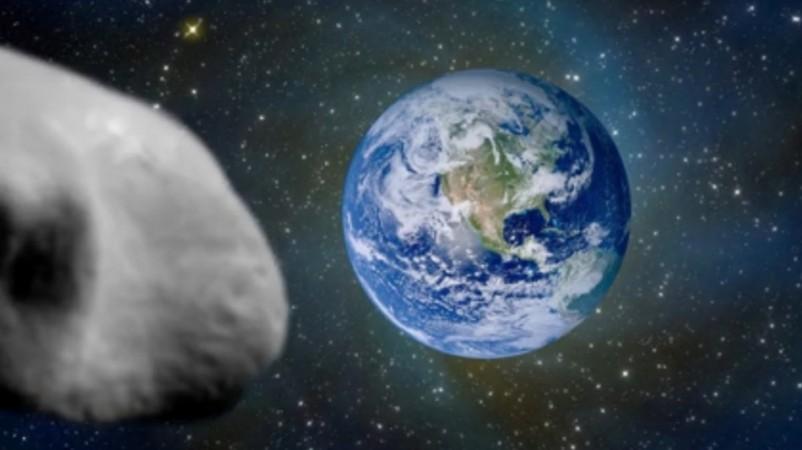A Near-Earth asteroid, called 2012 DA14, will whizz past the Earth on Friday.
Moving across the sky at a speed of 4.8 miles per second (7.82 kilometers per second) and within an altitude of 27,700 kilometers (17,200 miles), 2012 DA14 will be the closest asteroid to approach the Earth in many decades but will not make a collision.

The asteroid, discovered in February last year, measures approximately 45 metres (150 feet) in diameter and has an estimated mass of about 130,000 metric tons.
The National Aeronautics and Space Administration (NASA)'s Near-Earth Object Program Office, which can accurately predict an asteroid's path with observations obtained, confirmed there is no chance that the asteroid is on a collision course with the Earth, reported NASA.
However, experts said that asteroid 2012 DA14 could be of danger to telecommunication satellites that ping data between mobile phones.
The small Near-Earth asteroid 2012 DA14 will pass by close enough to get inside the Earth's ring of geosynchronous weather and communications satellites.

When Will Asteroid 2012 DA14 Pass the Earth? Will It Be Visible To the Naked Eyes?
According to NASA, asteroid 2012 DA14 will be closest to Earth on 15 February at approximately 19:24 UTC (2:24 p.m. EST/11:24 a.m. PST). In India, the asteroid's close shave with the planet will happen at 12:54:00 am Saturday, 16 February.

Asteroid 2012 DA14, which will cross the sky in the northwards direction, will not be visible to the naked eyes since it is too small. It can be seen from parts of Asia, Africa and Europe using binoculars and telescope.

















